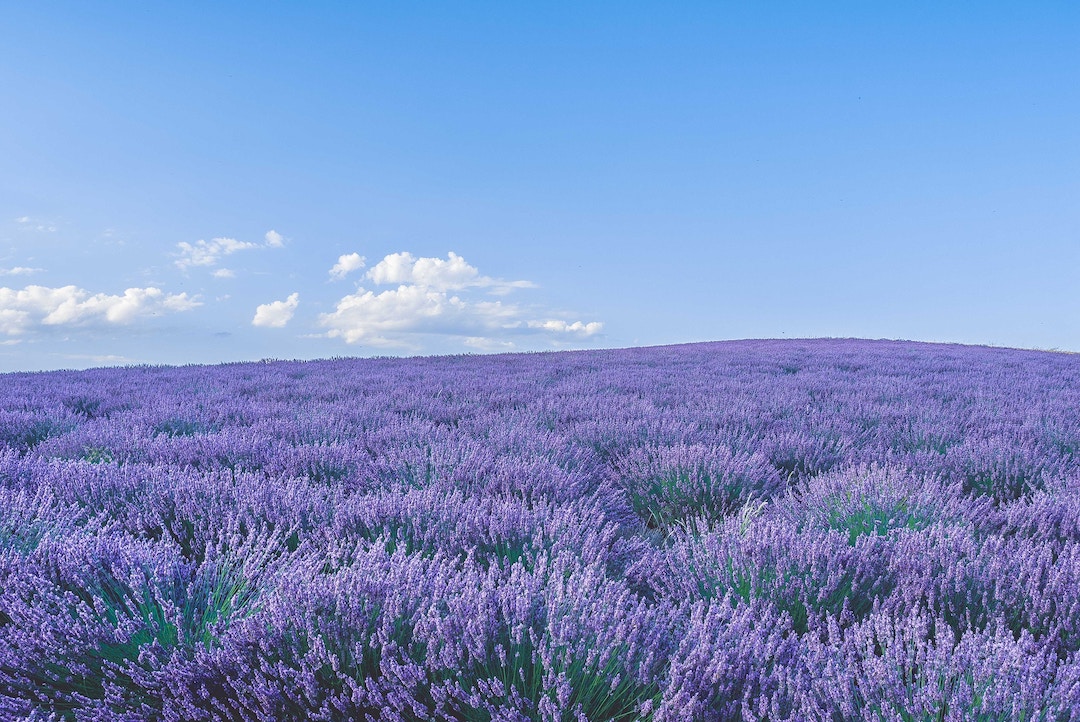Global demand for Australian lavender is bigger than ever.
But, according to a new report from Agrifutures Australia, there’s still significant potential for growth. And this is supported by a need for more research and diversification to help Australian farmers keep up with global competitors.

An overview
Lavender is a versatile crop produced in six Australian states; Tasmania, Victoria, New South Wales, Queensland, South Australia and Western Australia. The crop is sold to be used across several industries including fragrance, cosmetics and food and beverage. Due to the adaptable nature of the plant, which grows best in warm, temperate climates, it is relatively easy to produce in Australia.
The main product drawn from lavender crops is lavandula oil. According to research, this oil is set to increase in value across the global market from US$153.5 million to US$220 million between 2020 and 2027. That’s equivalent to a 5.3 percent annual growth rate.
Dr Veronica Borrett, Senior Director at the La Trobe Institute for Sustainable Agriculture and Food, says that the lavender industry is only getting started in Australia.
“As we look at agronomy, varietal information, and industry capacity, we see a clear path forward for growth.
“In the next five years, the industry will be working towards a step-change in production with clearly defined varieties and the delivery of agronomy information that is currently lacking for existing growers and for those wanting to enter the market.”
Unfortunately, there is a lack of updated data when it comes to lavender farming in Australia. The most recent numbers, from a 2011-2012 report, suggest the country’s lavender production was worth around $1.3 million. However, a thorough examination of the industry has not been undertaken in several years, making it difficult to investigate the current contribution of lavender to Australia’s domestic market.

Lavender oil is one of the main products drawn from lavender crops
The report
Agrifutures Australia recognises the potential for growth within the sector. They acknowledge the absence of up-to-date research making it difficult to implement new strategies, or understand the agronomic impacts shaping production, and seek to provide new opportunities for development. Drawing on past research, they believe that Australia’s lavender industry could reach an annual GVP of $10 million over the next five years if it is given the chance to flourish.
As such, they have released the Strategic Australian Lavender Industry RD&E Plan 2023-2028, which outlines recommendations for the development and sustainability of the lavender industry in the long term. The plan spans across the next five years, and is worth $2.5 million.
Primarily, it outlines areas of the sector that would benefit the most from new investment. These include the development of a structured agronomy program, research into management of waterlogging and drought, identifying lavender varieties, improving market access and more.
Dr Borrett highlights how these changes will allow the sector to reach new heights.
“This will enable selection of the correct variety for their local environment, optimised farming practices and information on the impacts of adverse weather events, such as waterlogging and drought,” she explains.

Moving forward
Among the main insights provided by the industry plan is the need for diversification.
According to Agrifutures Australia Senior Manager of Emerging Industries, Dr Olivia Reynolds, a varied approach will allow all elements of the sector to grow together.
“We are already seeing many mass planters of lavender capitalising on their picturesque farm locations to drive on-farm sales, tourism, cafes, photoshoots, and event hosting.
“It’s evident there’s a lot of room for growth, especially with high demand for lavender oil, and a seemingly untapped export potential.”
She believes that the RD&E plan is the first step in exploring new opportunities for farmers and businesses alike.
“As this plan paves the way for a thriving lavender sector, it stands as a testament to the transformative influence of structured research, development and extension strategies.”
To learn more about Australia’s emerging industries, click here.

